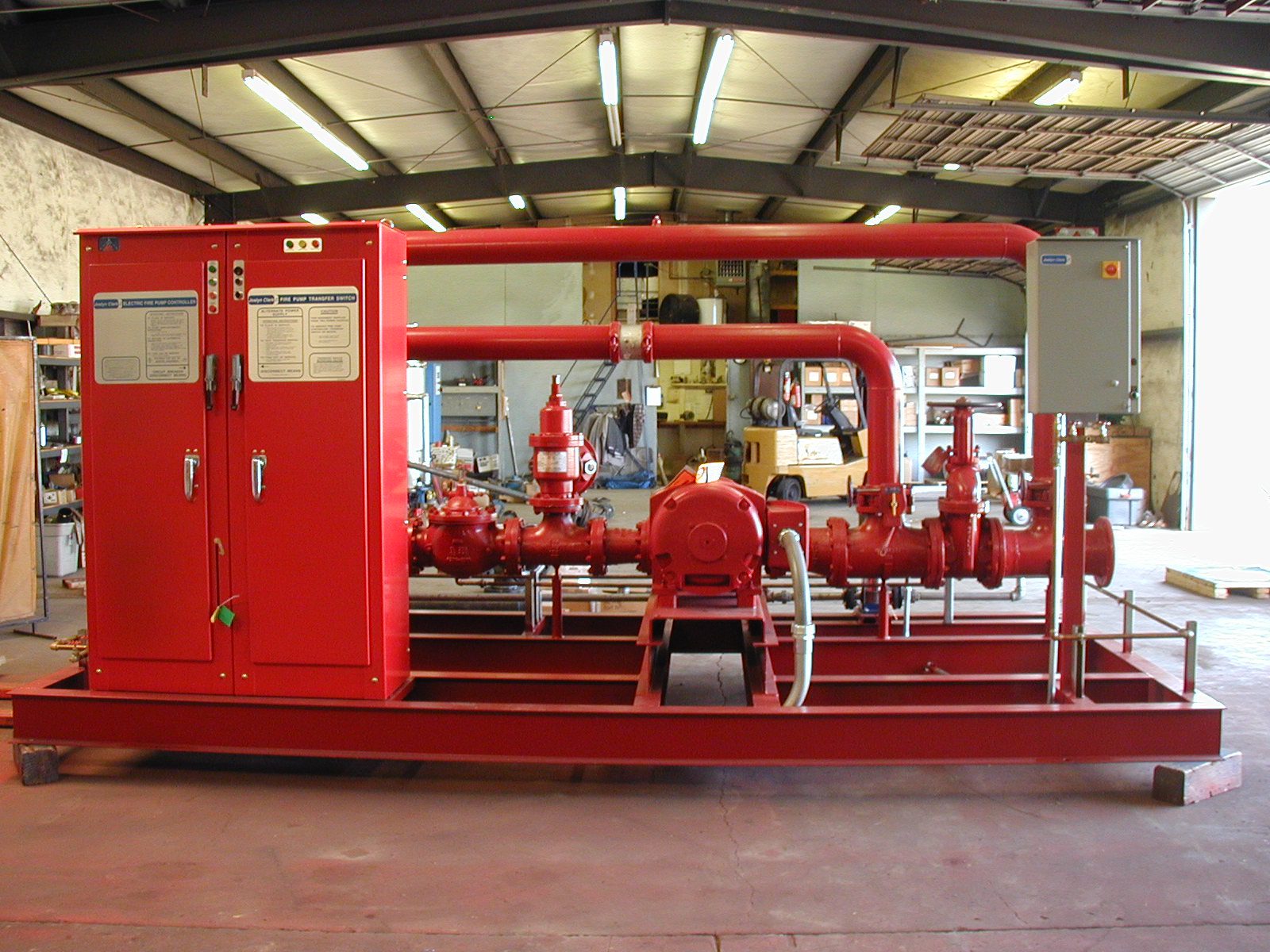1. Understanding Fire Water Pumps
Fire water pumps are critical safety devices designed to supply water to firefighting systems in buildings, industrial areas, and remote locations where the risk of fire is present. They ensure a steady and powerful flow of water in emergency situations, helping control and extinguish fires before they can spread and cause severe damage. Unlike standard water pumps, fire water pumps are built to operate reliably under high-stress conditions and are often part of a broader fire suppression system. These pumps are essential in places like factories, warehouses, and residential buildings, where rapid water deployment is necessary for safety.
2. How Fire Water Pumps Operate
Fire water pumps function by increasing the water pressure in a fire protection system, making sure water reaches the appropriate locations at the right flow rate and pressure to effectively put out fires. When a fire sprinkler or hose reel is activated, the pressure in the system drops. This decrease in pressure is a trigger for the fire pump, which then pulls water from a static source, such as a water tank, reservoir, or hydrant, and pushes it into the system at high pressure. Fire water pumps can be driven by various power sources, including electricity, diesel engines, and steam turbines, which ensure they remain operational even if the primary power source fails during a fire.
3. Types of Fire Water Pumps
There are several types of fire water pumps, each suited for different applications and environments.
- Centrifugal Fire Pumps: These are the most common types of fire pumps and are widely used in various fire protection systems. They use a rotating impeller to draw water in and push it out at high pressure.
- Vertical Turbine Pumps: Often used in situations where the water source is below the pump, like a well or reservoir. They are ideal for places where suction is a challenge, as they pull water from below the pump’s level.
- Submersible Fire Pumps: These are placed directly in the water source and are commonly used in areas prone to flooding or where traditional pump installations are difficult. They are efficient in providing a high volume of water flow without requiring complex setups.
Each type of fire water pump has specific features that make it more suitable for certain applications, and understanding these differences is crucial for ensuring an effective fire protection system.
4. Key Benefits of Fire Water Pumps
Fire water pumps offer several benefits that make them essential in fire safety systems.
- Reliable Water Pressure: By providing consistent and reliable water pressure, these pumps help ensure that water reaches every part of the building or site that may need it in the event of a fire.
- Flexibility in Power Sources: Fire water pumps are available with a variety of power options, from electric motors to diesel and steam engines. This ensures they can operate under different conditions, including power outages.
- Compliance with Safety Regulations: Fire water pumps help buildings and facilities meet regulatory requirements for fire safety, which is crucial for both safety and legal compliance. This is especially important in industrial areas with strict fire safety standards.
- Cost-Effective Fire Protection: While fire water pumps require an initial investment, they are cost-effective in the long run. The protection they provide against potential fire damage can save businesses and property owners from catastrophic losses.
In summary, fire water pumps are a critical part of fire protection systems, offering a reliable, powerful solution to combat fires in a range of environments. By choosing the right type of pump and ensuring regular maintenance, facilities can significantly reduce the risks associated with fires and safeguard lives and property.china fire fighting pump

